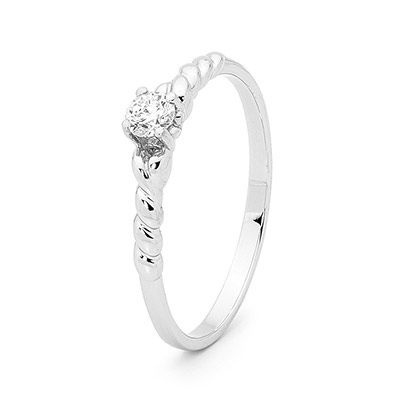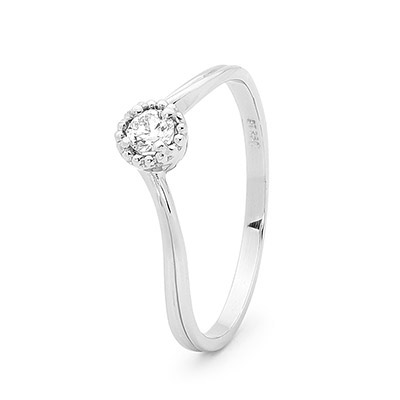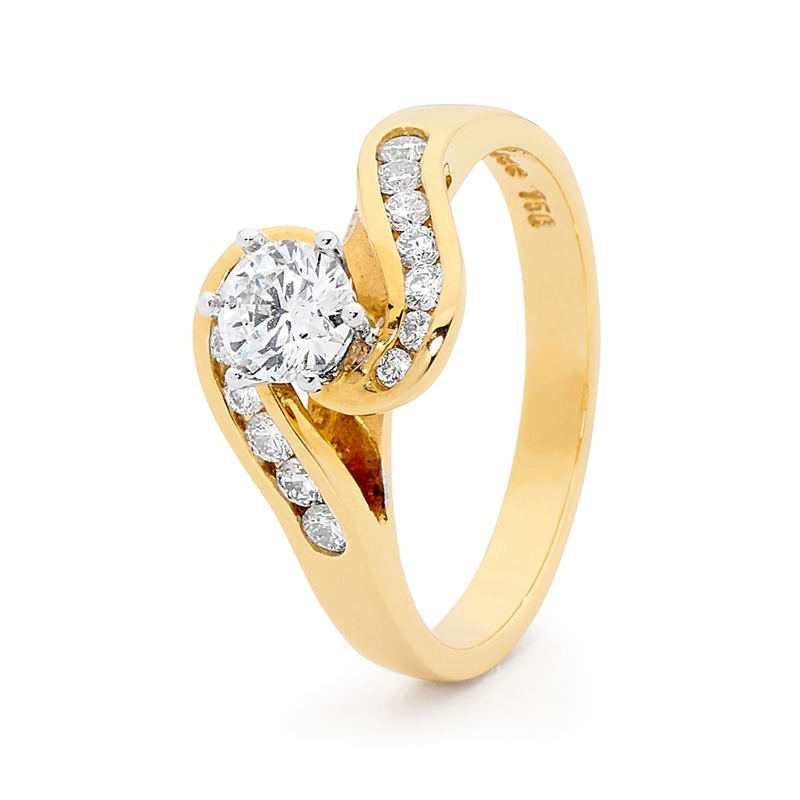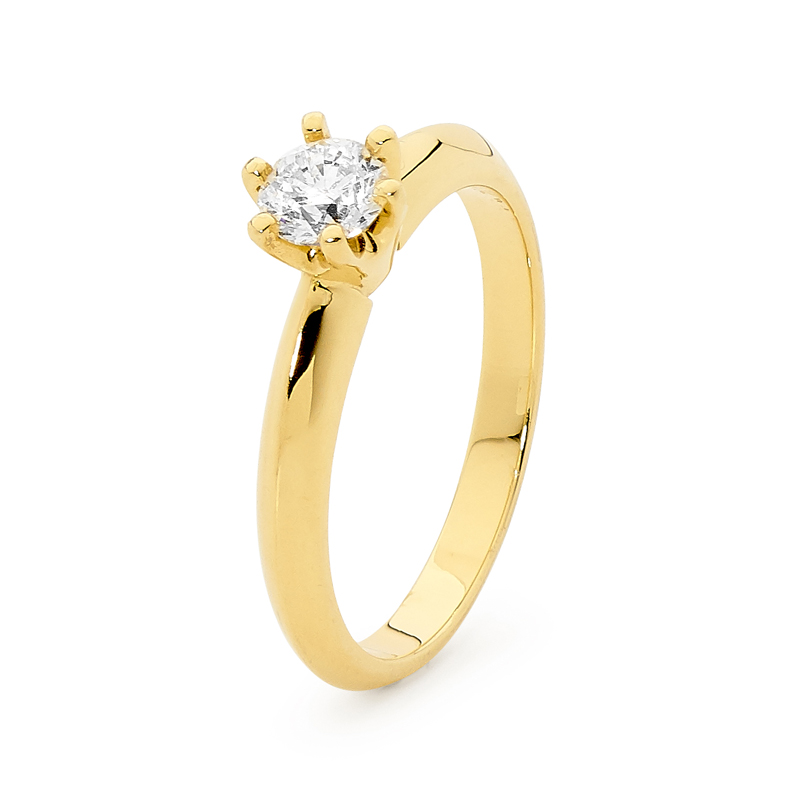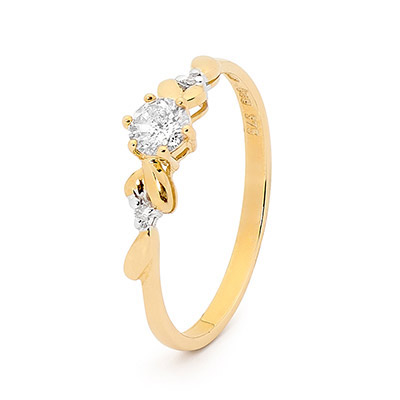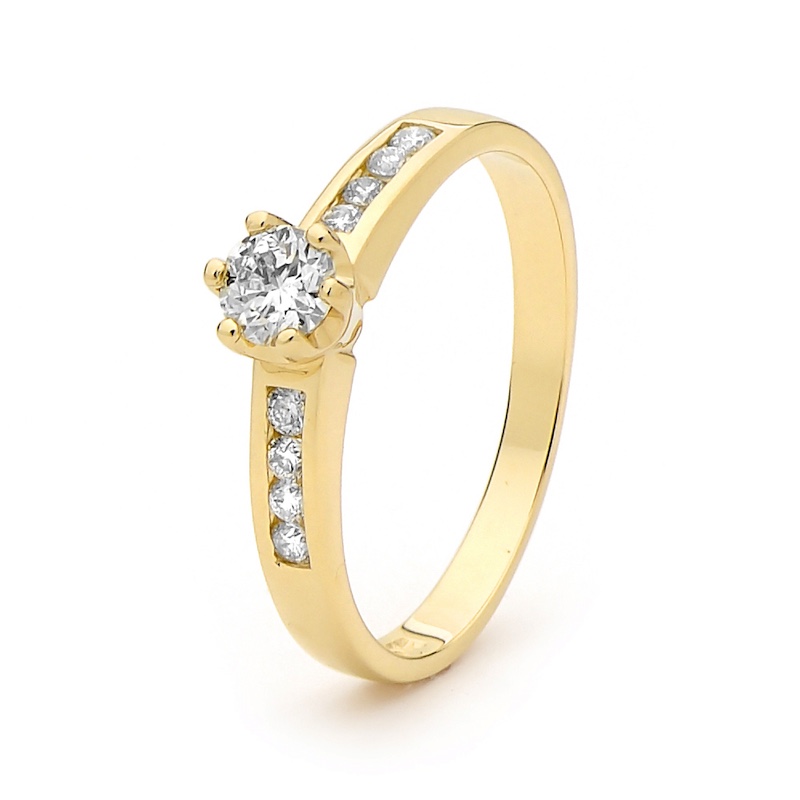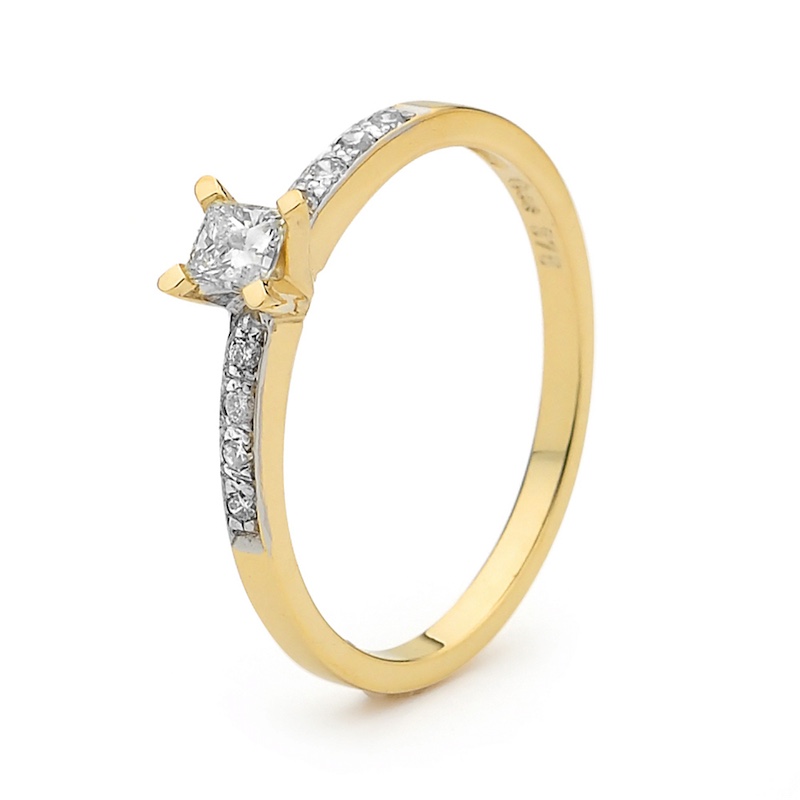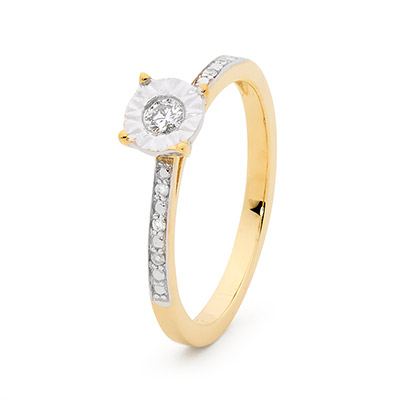Engagement Rings - The Basics of Choosing and Buying a Diamond Engagement Ring
In the ancient past, the Romans were said to exchange rings made from iron upon their betrothal. Hundreds of years later, lovers soon started the tradition of giving gold rings to each other before marriage, when the metal became symbolic of one's status in life. But it wasn't until about the late 1800's when diamonds became the preferred engagement ring. European aristocrats bestowed this upon their beloved, with a promise that, like the most precious diamonds, their love would be forever.
Traditionally worn on the left fourth finger, engagement rings were believed to hold a special connection to the heart by way of the veins found on the left arm called the "vena amoris." There is no medical fact to support this claim, however, but the idea behind it does romanticise wearing of engagement rings, one belief that many couples hold on to even today.
The 4 Cs of Diamond Engagement Rings
Romanticism aside, there should be some practical considerations to choosing an engagement ring, as Diamonds come in all sizes and qualities, which also means the price can vary considerably. Everyone's choice is individual and will depend on that person's budget and needs. There is a huge choice of diamond engagement rings in the market and there will be one just right for you. An engagement ring does not have to cost a fortune, but as it will be worn for a very long time, it makes sense to buy a quality ring that you are 100% happy with.
Colour. Diamonds are graded by colour, from crystal clear white stones to yellowish brown, with the whiter stones being the most valuable. Occasionally natural fancy colour diamonds can be found in blue and pink, but these are rare and usually cost even more than white stones. Diamonds are sorted by colour and given a letter between G and M, with G being absolutely water clear, and M being the colour of a strong cup of tea. Colours G, H and I all look white to the naked eye.
Carat. At the wholesale level, diamonds are traded by weight and the unit of measure is the carat. This is a very old unit and goes back several thousand years, when the traders used carat seeds as a counter weight on the scales. The modern carat is 0.2 grams. There are 5 carats to a gram, so a 1-gram diamond would be very expensive indeed. Many women dream of owning a 1-carat diamond ring, which means there is a big demand for stones that are 1 carat and above. This in turn pushes the price up. Stones which are slightly under one carat sell for a lower price and look, for all intents and purposes, just like a 1 carat stone, The difference in diameter between a 0.75-carat stone and a 1-carat stone is less than 0.5 mm.
Is your engagement ring perfect?
Clarity. Genuine diamonds, as we all know, are formed in the earth's crust under extreme pressure and temperature from simple carbon. Not surprisingly, most of the gems have minor cracks and traces of carbon left inside the crystal. On occasion, some stones are found to be virtually flawless, but these are rare. Most have some imperfections called inclusions. In most cases, these do not weaken the stone, but may impair the lustre and reflection of the light if the inclusion is large. Once again, this affects the price, and the gems are sorted again according to clarity. A diamond can be marked "IF" (Internally Flawless), "VS" (Very Small inclusion), "SI" (Small Inclusion), and "P" (Pique, which is French for mark or spot).
Cut. Rough diamonds as they come out of the ground look like little more than broken chars of glass, and it is the skill of the diamond cutter which gives it the exquisite lustre that makes the gem come alive. Every brilliant diamond, no matter how small, must have 52 polished facets. Each facet must be at the perfect angle to reflect the light and bring out the fire in the stone. Unfortunately like in any trade, the skill of the cutter can vary, so once again, the diamonds are sorted and graded by how well they are cut, and the better ones obviously fetch a higher price.
Choosing Diamond Engagement Rings
The most important thing when you are going to choose your engagement rings is to set yourself a budget which you are comfortable with, and be prepared to stretch a little if you find the ring of your dreams.
As you will hopefully be holding on to your engagement ring for a very long time, make sure it has been manufactured by a reputable company who is prepared to give a workmanship guarantee on the ring, and someone who can offer to service the ring from time to time. Remember, if a ring is like any other clothing you use, if it is worn daily, it will need cleaning, servicing and, eventually, repairing, so make sure you have the backup of a good jeweller.
There is nothing wrong with buying an engagement ring online, as long as the seller can provide a permanent address convenient to where you live, where you can take the ring for servicing or resizing. However, not many online sellers are able to offer such services. One online store which has been trading for a long time is Bee Jewellery. They sell directly to the consumer online and provide a list of more than 200 authorised stockists, in Australia and New Zealand, who are equipped to look after your service. If necessary, they can arrange for factory servicing of your ring, and make sure that your engagement ring always looks as good as the day it was purchased.
 Cart Empty
Cart Empty 





